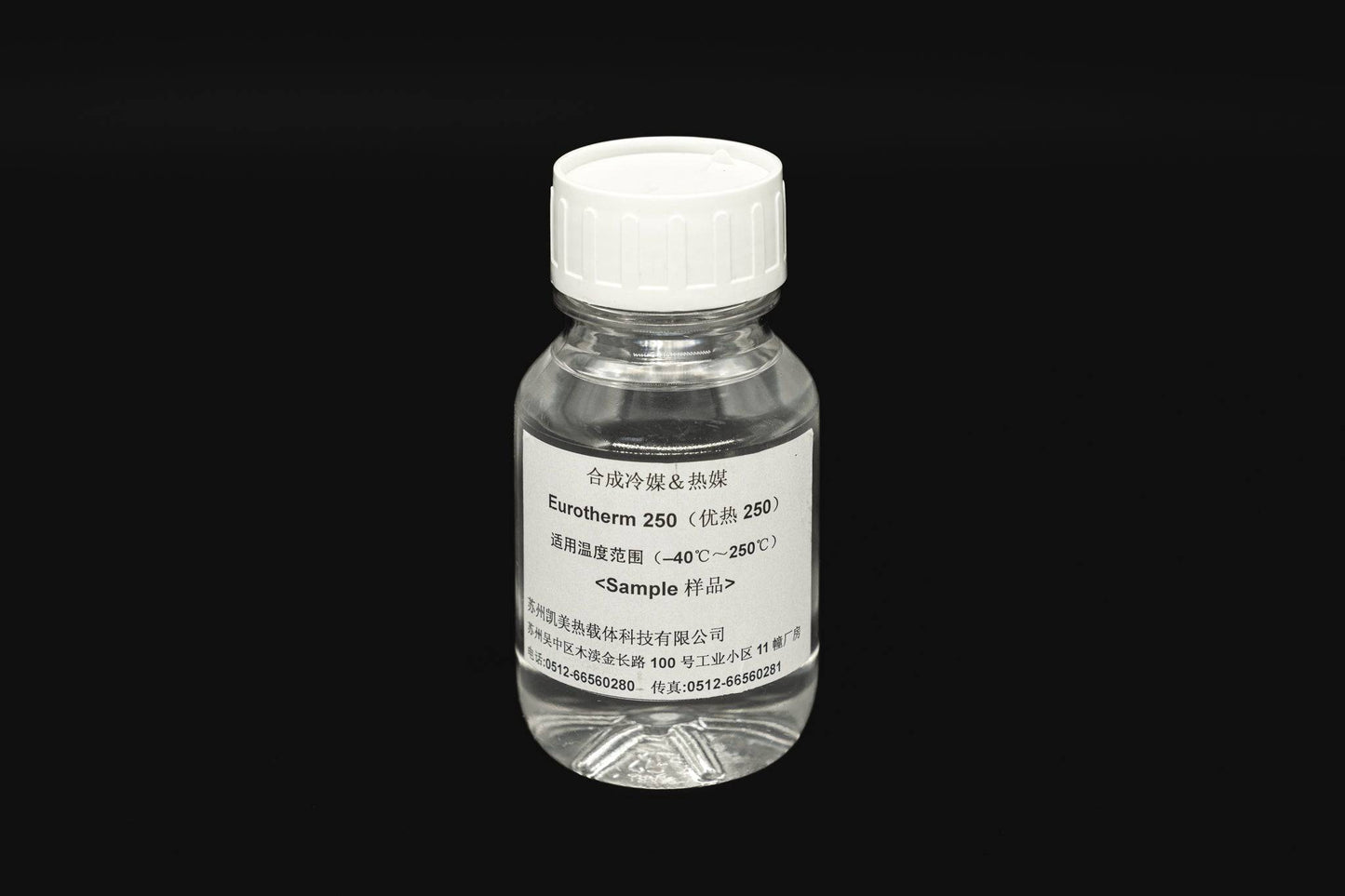Not known Incorrect Statements About Chemie
Table of ContentsThe Of ChemieAll About ChemieChemie Things To Know Before You Get ThisNot known Facts About ChemieHow Chemie can Save You Time, Stress, and Money.The Greatest Guide To Chemie
By Bojanna Shantheyanda, Sreya Dutta, Kevin Coscia and David SchiemerDynalene, Inc. Fluid air conditioning, which can be achieved using indirect or straight methods, is utilized in electronic devices applications having thermal power densities that may exceed secure dissipation through air cooling. Indirect liquid air conditioning is where warmth dissipating digital components are physically separated from the liquid coolant, whereas in case of straight air conditioning, the components are in straight contact with the coolant.In indirect air conditioning applications the electric conductivity can be essential if there are leakages and/or splilling of the liquids onto the electronic devices. In the indirect cooling applications where water based liquids with rust inhibitors are typically utilized, the electric conductivity of the fluid coolant mainly depends on the ion focus in the liquid stream.
The boost in the ion focus in a shut loophole liquid stream might take place due to ion seeping from steels and nonmetal parts that the coolant fluid touches with. Throughout operation, the electrical conductivity of the liquid might increase to a degree which can be unsafe for the cooling system.
A Biased View of Chemie
(https://hearthis.at/bette-anderson/set/chemie/)They are bead like polymers that can trading ions with ions in an option that it touches with. In the existing job, ion leaching tests were done with different steels and polymers in both ultrapure deionized (DI) water, i.e. water which is dealt with to the highest degree of purity, and low electrical conductive ethylene glycol/water mixture, with the determined modification in conductivity reported with time.
The examples were permitted to equilibrate at room temperature for 2 days before taping the first electrical conductivity. In all tests reported in this research study fluid electrical conductivity was determined to a precision of 1% using an Oakton CON 510/CON 6 series meter which was adjusted prior to each dimension.
The Greatest Guide To Chemie
from the wall surface home heating coils to the center of the furnace. The PTFE sample containers were positioned in the heater when constant state temperature levels were reached. The examination setup was removed from the furnace every 168 hours (7 days), cooled down to area temperature level with the electric conductivity of the liquid gauged.
The electrical conductivity of the fluid example was monitored for a total amount of 5000 hours (208 days). Figure 2. Schematic of the indirect shut loophole cooling experiment set up - silicone synthetic oil. Table 1. Elements made use of in the indirect shut loophole cooling experiment that touch with the liquid coolant. A schematic of the speculative arrangement is shown in Figure 2.

Chemie Can Be Fun For Everyone
The change in fluid electrical conductivity was checked for 136 hours. The liquid from the system was accumulated and saved.

0.1 g of Dowex material was contributed to 100g of liquid examples that was taken in a separate container. The blend was mixed and alter in the electrical conductivity at space temperature was measured every hour. The measured adjustment in the electrical conductivity of the UP-H2O and EG-LC examination liquids containing polymer or steel when involved for 5,000 hours at 80C is shown Number 3.
Indicators on Chemie You Need To Know
Ion seeping experiment: Measured change in electric conductivity of water and EG-LC coolants containing either polymer or steel examples when immersed for 5,000 hours at 80C. The results indicate that steels added fewer ions right into the liquids than plastics in both UP-H2O and EG-LC based coolants.
Liquids containing polypropylene and HDPE showed the most affordable electric conductivity modifications. This could be as a result of the brief, stiff, straight chains which are much less most likely to contribute ions than longer branched chains with weaker intermolecular pressures. Silicone also did well in both examination fluids, as polysiloxanes are normally chemically inert due to the high bond energy of the silicon-oxygen bond which would certainly stop deterioration of the product into the fluid.
Getting The Chemie To Work
It would certainly be anticipated that PVC would certainly produce comparable results to those of PTFE and HDPE based on the comparable chemical structures of the products, nevertheless there might be other pollutants existing in the PVC, such as plasticizers, that might affect the electrical conductivity of the liquid - meg glycol. Furthermore, chloride groups in PVC can also seep into the test fluid and can trigger a rise in electric conductivity
Buna-N rubber and polyurethane showed signs of degradation and thermal disintegration which recommends that their feasible energy as a gasket or adhesive product at greater temperature levels could result in application issues. Polyurethane totally broke down right into the test liquid by the end of 5000 hour test. Figure 4. Prior to and after images of steel and polymer examples submersed for 5,000 hours at 80C in the ion leaching experiment.
Measured change in the electric conductivity of UP-H2O coolant as a function of time with and without material cartridge in the closed indirect air conditioning loop experiment. The gauged adjustment in electric conductivity of the UP-H2O for 136 hours with and without ion exchange resin in the their explanation loophole is displayed in Figure 5.